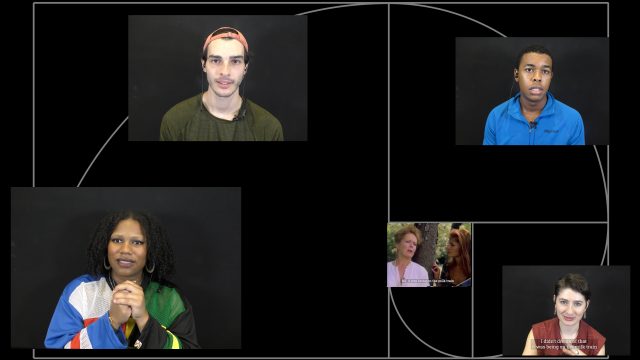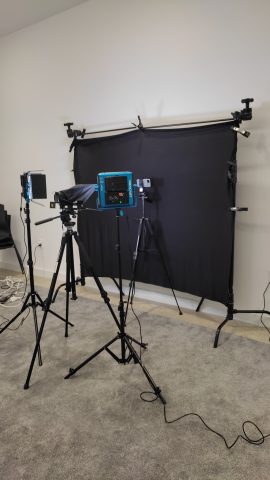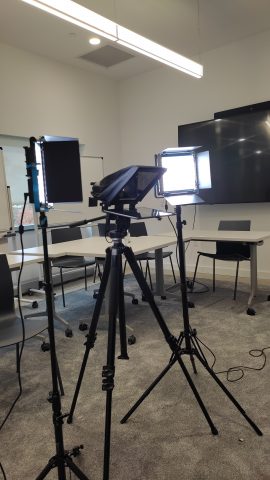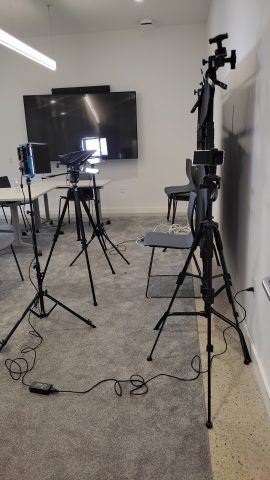A few months ago, I encountered this 2-min monologue while randomly browsing youtube. I was first convinced it was an interview because of its tone and cinematic expression, as well as its content since I knew the person talking is an actor and she is talking about what made her want to become an actor. However, this monologue is actually taken from the 1995 fiction film “Last Summer in the Hamptons” which revolves around a family of theatre actors. Once I learned it’s a fictional piece, it’s ts deceptive and reflexive qualities became even more compelling to me – an actor acting an actor talking about what is it to be an actor.
For my Person-in-Time experiment, I created a sort of “broken telephone” game of acting: I asked 4 actors (all students at CMU school of drama) to improvise the mentioned short monologue while seeing and hearing it in real-time, without having any prior knowledge about it. Moreover, one by one, each of the actors was watching and hearing the person before them performing the monologue while improvising (so only the first actor in the chain actually watched the original). For this purpose, I arranged a small set containing a teleprompter and wireless earphones. I manually updated the file for the teleprompter between each session, so that the next actor in the chain will watch the performance of the one that acted before them (I’m aware that there’s a way to automate this process, but since I don’t have any prior experience with the needed tools or coding I preferred to stick to a manual process for this time frame).
All actors performed the monologue twice, and I used their second takes since I wanted my broken telephone experiment to center around their acting choices, rather than the disruption or accuracy of the text. In a sense, this experiment is more of a typology machine than a person in time.
After sharing my conceptual framework with a friend, they immediately brought up the Fibonacci Sequence as a reference. I found the Fibonacci spiral relevant to my experiment since it can be correlated as a loose metaphor for how the actors’ performances are built on top of one another. I, therefore, chose to use the Fibonacci spiral as a loose guide for “blocking” the footage within the frame:

Another version of the editing following the crit.
A short behind-the-scenes of the chain
The setup:



